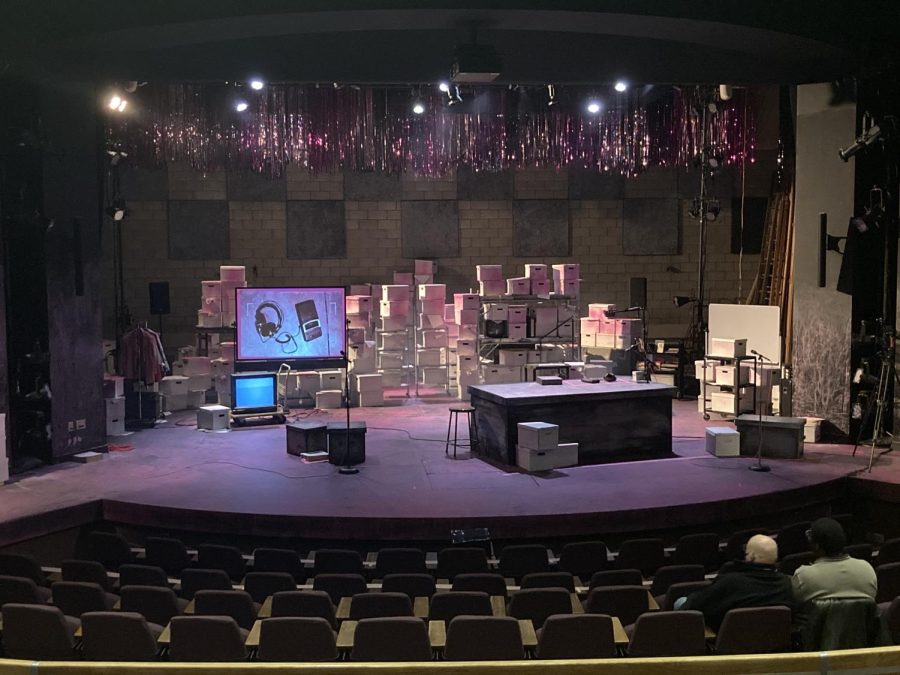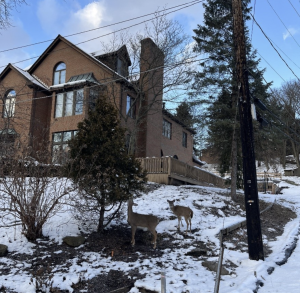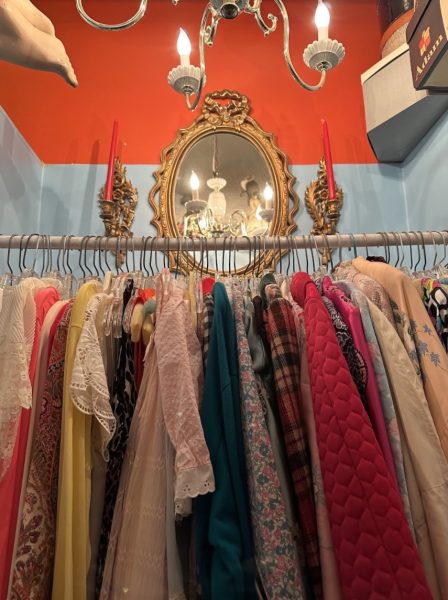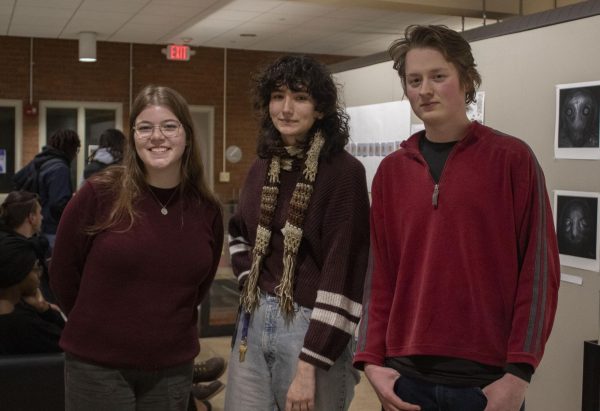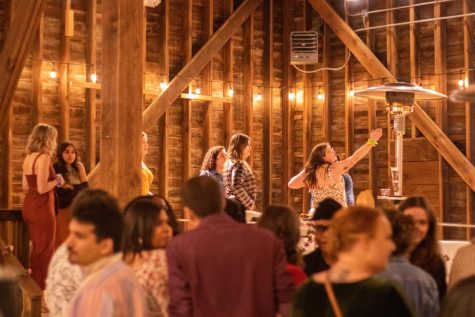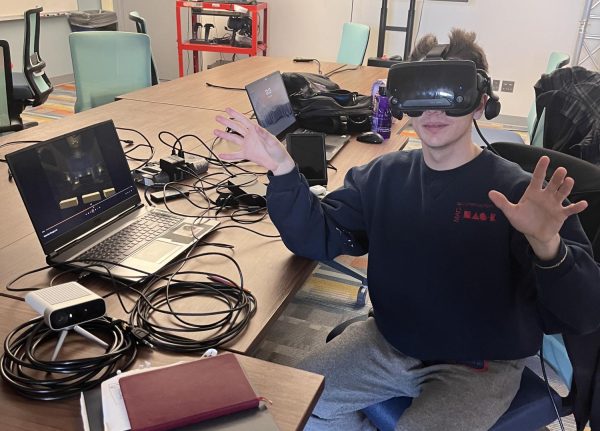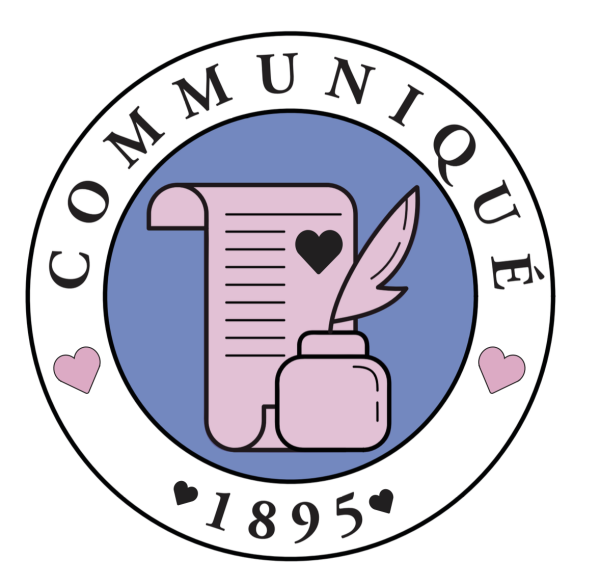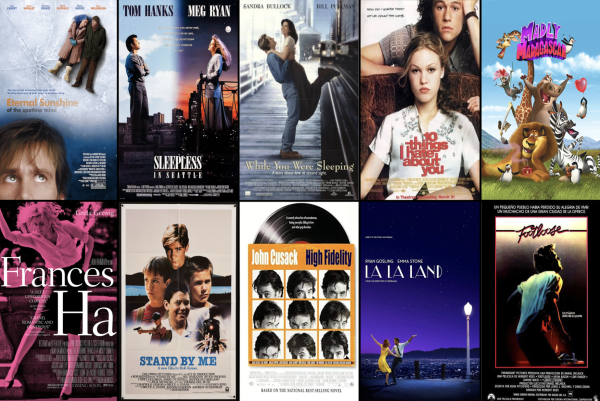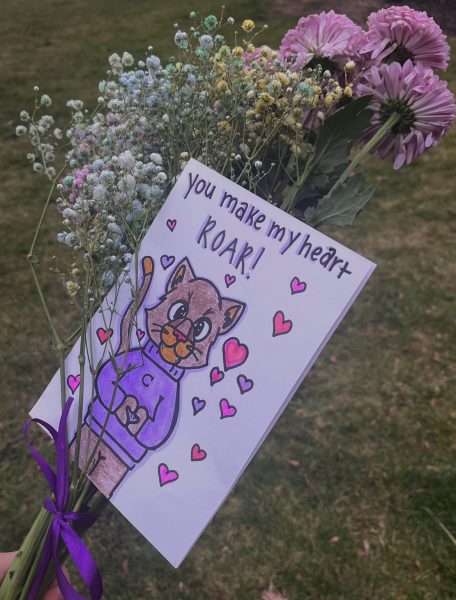Chatham Immersive Media Program, Kelly Strayhorn Theater collaborate on show about queerness
March 31, 2022
Now two years into the COVID-19 pandemic, theater productions are coming back and, perhaps, in a new way.
“The Dance Floor, the Hospital Room and the Kitchen Table,” created and directed by Lyam B. Gabel, was featured in Chatham University’s Eddy Theater on March 25-26. The production showcased work from the University’s immersive media program, in collaboration with the Kelly Strayhorn Theater in East Liberty.
The play tells the story of three queer researchers who find themselves immersed in the archives of queer history, specifically stories from the queer liberation movement sparked by the HIV/AIDS epidemic. The past and the present meld together as these characters interact and become part of a history that many don’t truly understand.
Joseph Amodei, a professor in the immersive media program and a media designer, researcher and producer for the project, had been working on this play for a while and realized it had been brought to new context by the COVID-19 pandemic.
“It was commissioned to make a new version between Chatham and the Center for Contemporary arts in New Orleans, and that was about a year, year and a half ago,” they said. “Since then, I’ve traveled to a bunch of archives In San Fran and New Orleans, and done a bunch more oral history with people in Pittsburgh and across the country, and I’ve formulated the script. I’ve been preparing for this production for the past year.”
Chatham students also had the opportunity to help with the production.
Liam Lyons ‘24 is a media arts major and the master technician for the production.
“The play is an amazing thing. I am so happy that all of these professionals have come together to do all this great work, and I have gotten this opportunity to work with such professionals,” he said.
The show featured recordings of real people talking about their experiences of being queer during the HIV/AIDS epidemic. The show used these recorded stories to touch on themes of love, death, grief and identity.
“It is nice to connect with a lot of queer elders on this project and to think about the disconnects that the AIDS crisis caused across generations,” Amodei said. “There’s this narrative that everybody died, and a lot of people died, but a lot of people are still here, you can still talk to them.”
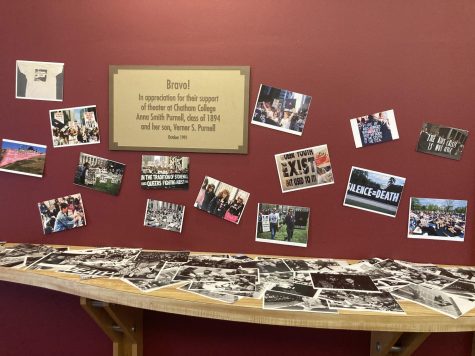
The set for the show was an archive room full of boxes, with a table, a TV and projection screen. The show opened with a dozen recorded stories, and as each played, a bright pink light illuminated an archive box. This was just the one of many examples of how the immersive media team was able to weave projections, lighting and sound together to create an all-encompassing experience for the audience.
Throughout the rest of the show, the actors interacted with the set in unique ways to tell their story. They put tapes in tape recorders, holding microphones to the speakers. There were also multiple cameras on the stage, which their feeds projected onto the screen, TV and back wall of the theater. This allowed the audience to see the production from various perspectives, creating a visual feast.
As for the three actors in the show, played by Hannah Cornish, Jen Davis and Owen Ever, their performances allowed the stories and the immersive media elements to come to life.
While the play began with them only listening to the recordings, it eventually shifted to them embodying the voices, mouthing the words and acting the stories of the people speaking from the tapes, as they attempted to answer a question posed at the beginning of the play: “Do you think queer ghosts are different from regular ghosts?”
The characters pondered this question throughout the show. For one, queerness was about survival. For another, being queer was sometimes about the feeling of having lost the time in one’s life before they came out. The actors became increasingly vulnerable as the production continued, eventually singing, crying and stripping down to their underwear on stage.
At the conclusion of the show, the message seemed to be that queerness is deeply bittersweet. While it is something to celebrate, it is also something that is surrounded by hardship, as depicted in the real story recordings.
An additional virtual resource created by Amodei – “An Archive of Queer Care” – can be accessed by QR code. More information can be found on the Kelly Strayhorn Theater website, kelly-strayhorn.org.
The program was a browser-based virtual reality platform, like a video game. With a VR headset, students could walk around and hear extended clips of the research or use the program purely on their cellphones.


